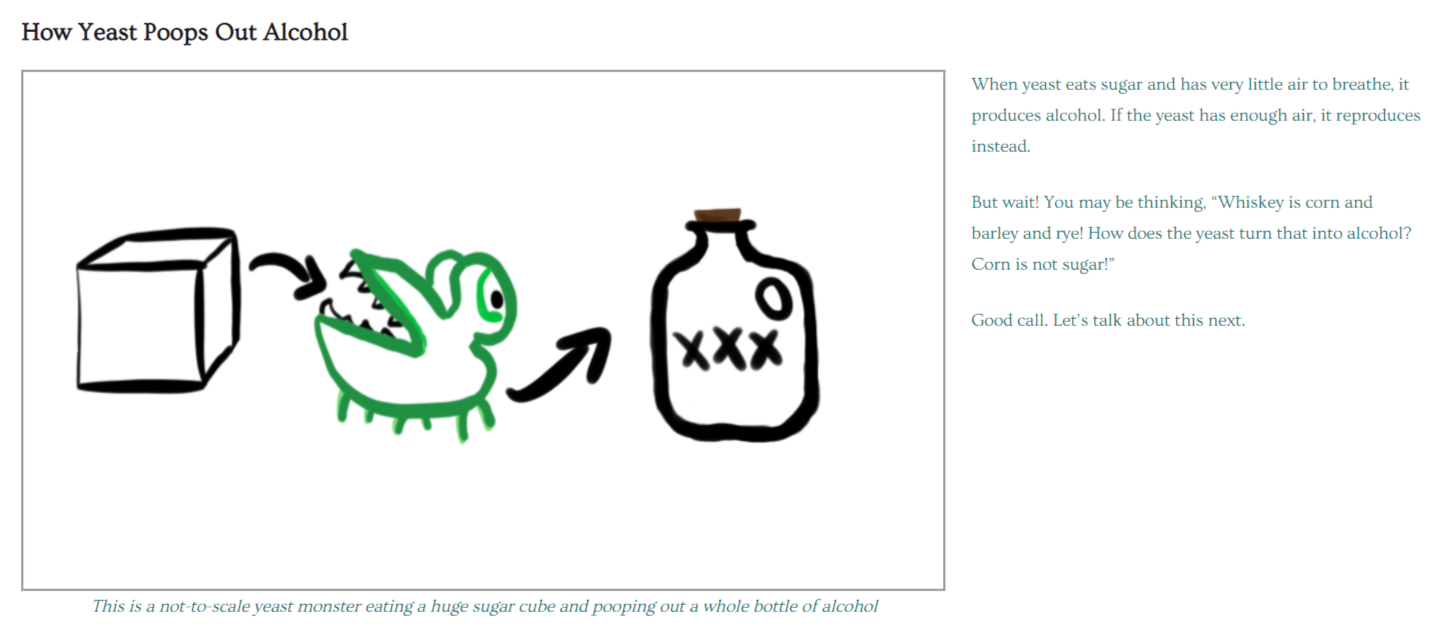We live in a world of sound.
Nature and life all around us are listening and secretly communicating via hidden networks.
A phenomenon called “bioacoustics and biocommunication.” Meaning, “the sound of life” or “the communication of life.”
The birds sing as they work hard pollinating the landscape producing fruit and seeds for the plants.
Humming to their own tune, bees carry on the great work of transporting pollen from one flower to the next.
Thus producing an alchemical celebration for the eyes with beautiful colorful flowers and a golden elixir we call honey that we can taste.
All the while, the plants, and trees are cognisant of the song of nature as they emit their sound waves secretly communicating through their roots via a vast global network of fungal mycelium.
Fungi, often hidden beneath the soil or nestled within decaying matter, form vast interconnected networks known as mycelium that grow long filaments, or ‘hyphae’, which interlink the root tips of different plants at a microscopic level.
The interlinking of fungal hyphae between different plant roots forms a symbiotic relationship known as mycorrhizae. Mycorrhizal fungi facilitate nutrient exchange between plants and enhance their resilience to environmental stressors.
The fruiting body is not just for the nourishment of the fungus itself but also the entire forest ecosystem, carrying electrical and chemical signals between plants. This allows different plant species that are compatible with the same species of mycorrhizal fungi to be connected via one common mycelium, coming together like the strings of a piano that strike a single harmonic chord.
By responding to sound waves, fungi may be able to optimize their mycorrhizal associations, enhancing nutrient uptake and improving plant growth and survival.
Hyphae make up a messy mass of branching, which gives rise to the vegetative mycelium. It is the mycelium that responds to sound waves.
The sound waves draw out the minuscule fungal tendrils like a snake charmer luring out snakes with music.
An interconnected bionetwork that appears to connect all living things together in its dark web that stretches deep into the earth’s abyss and 33,000 feet into space.
A universal fungal matrix that scientists are just learning to decode.
Recent studies have revealed that molds/fungi are magnetized (attracted) to low amplitude and low-frequency sound frequencies in the environment.
Scientists have made remarkable discoveries measuring the electrical responses of fungi (molds) to sound stimuli that have revealed that they demonstrate measurable electrical activity in response to different sound frequencies and patterns.
These findings suggest that fungi possess a form of sensory perception, enabling them to detect and respond to auditory cues. Moreover, they possess the remarkable ability to convert sound into electrical signals, much like our own auditory system, which may be a manifestation of the information received and then communicated between distant parts of the fungal colonies.
Researchers have also found that sound waves also have a profound impact on the biochemical processes within fungi, triggering the release of compounds like melatonin and indole, which are typically produced in times of stress and injury.
They have observed electrical spikes and oscillations in the fungi’s mycelium when exposed to music, vibrations, or even the sound of approaching predators.
It is hypothesized that sound might also serve as a means for fungi to communicate with each other, potentially facilitating resource sharing, warning signals, or even cooperative behavior.
By responding to sound, they may adapt their growth patterns, spore dispersal strategies, or interactions and defense mechanisms with other organisms.
These fascinating microorganisms, crucial to our ecosystems, can respond to sound waves in different ways, either by stimulating the growth of certain species or by inhibiting the growth of other competitors. This intriguing phenomenon can be attributed to the fungi’s ability to respond to sound waves in the environment that act to magnetize or repel through either a biochemical or transductive mechanism.
For example, sound waves can cause changes in air movement and humidity levels, which can in turn impact the growth and distribution of fungi. Some studies have suggested that certain frequencies of sound waves can enhance air circulation and increase evaporation rates, creating conditions that are less favorable for fungal growth.
Conversely, other studies have shown that sound waves can disrupt air currents and promote the spread of fungal spores, leading to increased colonization and infection rates.
The exact mechanisms responsible for fungi’s electrical responses to sound stimuli are still under investigation. Some theories suggest that vibrations caused by sound waves directly affect the ion channels in fungal cells, resulting in electrical activity. Other hypotheses propose that sound-induced electrical responses in fungi are linked to their role in communication, growth, or defense mechanisms.
The term “ion” finds its origin in the Greek language, specifically derived from the neuter present participle of “ienai” (Greek: ἰέναι), which translates to “to go.” In the realm of ions, a cation is associated with downward movement (Greek: κάτω pronounced kato, meaning “down”), while an anion is linked to upward movement (Greek: ano ἄνω, meaning “up”).
Chemicals in the body are “electrically-charged” — when they have an electrical charge, they are called ions. The important ions in the nervous system are sodium and potassium (both have 1 positive charge, +), calcium (has 2 positive charges, ++) and chloride (has a negative charge, -).
According to Science Daily;
“Elemental particles that transmit both heat and sound — known as acoustic phonons — also have magnetic properties and can, therefore, be controlled by magnets, even for materials thought to be ‘nonmagnetic,’ such as semiconductors. This discovery ‘adds a new dimension to our understanding of acoustic waves,’ according to a landmark study.
“This adds a new dimension to our understanding of acoustic waves,” said Joseph Heremans, Ph.D., Ohio Eminent Scholar in Nanotechnology and a professor of mechanical engineering at Ohio State whose group performed the experiments.
“We’ve shown that we can steer heat magnetically. With a strong enough magnetic field, we should be able to steer sound waves, too.”
People might be surprised enough to learn that heat and sound have anything to do with each other, much less that either can be controlled by magnets, Heremans acknowledged.
But both are expressions of the same form of energy, quantum mechanically speaking.
So any force that controls one should control the other.”
Researchers have found that high-intensity pulsed magnetic fields are widely used as a physical non-thermal sterilization technology in food processing, while weak magnetic fields are better at activating microorganisms and promoting their growth.
According to Science Direct, “the effect of magnetic fields on organisms, magnetic fields are classified into different intensity levels: weak (<1 T), strong (1–5 T) and ultra-strong (>5 T). Weak magnetic fields are better at activating microorganisms and promoting their growth [37], [38], [39]. Strong magnetic fields kill microorganisms.
The biological effects caused by low-frequency ultrasound include (1) changes in cell membrane permeability and increased cell growth rate; (2) changes in molecular conformation and intensification of reaction processes; and (3) activation of intracellular signal transduction systems and changes to the synthesis of metabolites within the organism.”
Low-frequency ultrasound has low energy consumption and reduced processing time and thermal effects, which can improve cell membrane permeability
Our cell membranes serve as our barriers and gatekeepers, but they are semi-permeable, which means that some molecules and organisms can diffuse across the lipid bilayer but others cannot.
This is where my whole theory of demonic fungi controlling the human brain rests…
In 2013, a Korean group examined the viability of employing frequency-specific sounds as an alternative to chemical fungicides for plant disease management. Their investigation unveiled that elevated frequencies possess the ability to impede the growth of mycelium, mirroring the effect of high-pitched noises causing deafness in humans.
Research has showed that high frequencies are capable of inhibiting growth of the mycelium, eerily similar to how high-pitched noises can deafen us.
This suggests that certain sound wave frequencies can induce stress in growth conditions.
On the other hand, low-frequency sounds seem to increase the productivity of certain fungi. For example, oyster mushrooms, known for their role in Asian cuisines, can be ‘sound treated’ and cultivated on sawdust, to increase their yield and rate of growth.
The study of sound wave-fungal interactions sheds light on the interconnectedness and complexity of the natural world.
The potential applications of sound wave manipulation in agriculture and horticulture are intriguing. By understanding the effects of sound waves on fungal growth, researchers and farmers could potentially harness these findings to optimize crop production and disease management.
For example, the use of specific frequencies of sound waves could be explored as a means of stimulating beneficial fungal symbiosis in plant roots, enhancing nutrient uptake and overall plant health. Conversely, sound wave technologies could be developed to disrupt the growth and spread of pathogenic fungi, reducing the need for chemical fungicides and promoting sustainable farming practices.
From plants subtly dancing to melodies to fungi exhibiting electrifying responses, the scientific exploration of these phenomena opens up new avenues for understanding and harnessing nature’s hidden secrets.
My ultimate theory is that fungi can also magnetize to animals and mammals, including humans via the same low frequencies to cause illness, disease, madness and death. A theory that I believe is being substantiated more and more.
When we live healthy and are on a higher vibration, we repel parasitical fungi.
As we delve deeper into this realm, it becomes clear that our world is intricately connected through the language of sound, inviting us to listen, explore, and embrace the symphony and even death metal that surrounds us in its web.
SOURCES:
https://royalsocietypublishing.org/doi/10.1098/rsos.211926
https://www.sciencedirect.com/science/article/pii/S1350417721001553
https://www.sciencedaily.com/releases/2015/05/150528153621.htm
https://pubmed.ncbi.nlm.nih.gov/25288923/

Moe is the founder of GnosticWarrior.com. He is a father, husband, author, martial arts black belt, and an expert in Gnosticism, the occult, and esotericism.








